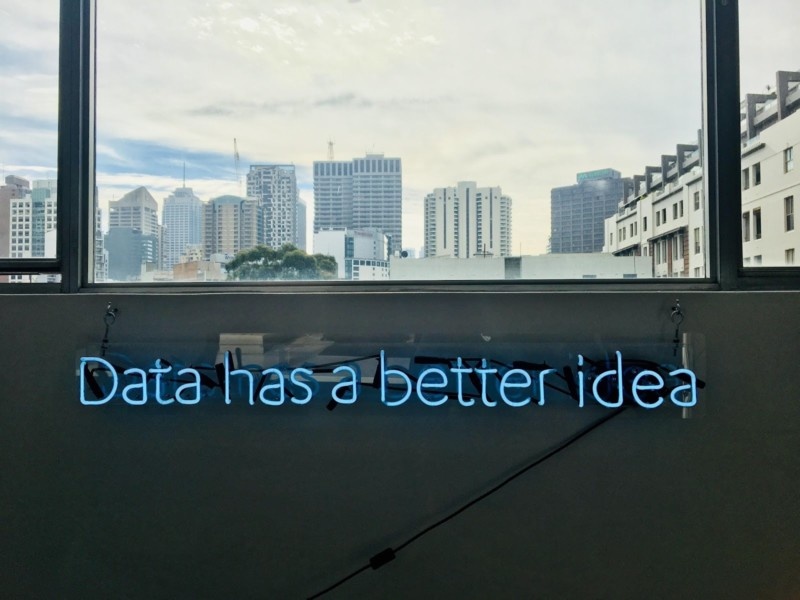For the last 25 years, web design and web development have continuously evolved, always exceeding what we believed the internet could and should look like. The top web developers and designers are always looking for new ways to use emerging technology to blow our collective minds.
Artificial intelligence was once a tech seen only in science fiction film and television that would often portray AI as frightening, conscious beings looking to enslave humans. Today, software development company in Austin making AI a reality as web designers and developers are taking full advantage of incorporating AI into building beautiful, functional websites that make life easier for users.
Here’s how AI is making an impact on web design and development.
AI is being used as a UX component.
One of the more obvious ways that artificial intelligence is changing the modern web design landscape, is through making AI tools standard components of web design. Most any business that provides a service uses a chatbot on their website. Chatbots make businesses and brands more accessible to visitors, using conversation as a tool for conversion. Chatbots of today use natural language processing or NLP systems that engage in meaningful conversations with visitors.
AI web design is a thing.
Artificial design intelligence or ADI is powering a fundamental movement in the way websites are being built. In 2016, the cloud-based web development platform, Wix unveiled their ADI-powered tool that “automatically creates a customizable homepage for a business or user.” Wix’s co-founder and CEO Avishai Abrahami said, “Wix ADI is the world’s first technology platform that combines website design and content creation with artificial intelligence to enable complete websites to be created in a matter of minutes.”
Other website builders like Squarespace, have recently began to deploy AI tools to assist users in building their website by offering suggestions for templates based on the goal or purpose of your website. For example, Squarespace will ask you what your goal is and if you type in “photography” Squarespace will suggest relevant templates.
AI is being used to inform results.
In addition to being used as tools for web design and website components, artificial intelligence is being employed as an analytical tool to figure out which designs work best and how can they be improved upon. Custom software development companies are building AI-powered analytics tools assist web developers by providing insight into how their projects work in real time. This allows companies to deliver data-driven CRO services to help companies maximize their website’s impact with customers through AI-powered A/B testing.
AI is being used as an app interface.
Consider voice-activated apps like Amazon’s Alexa. AI is being used as a synchronous, request-response applications. Smartphones are not as smart without artificial virtual assistants who allow users to search via voice activation. Apps are also initiating interactions via push notifications.
Software companies in Austin are building apps that use artificial intelligence that use machine learning—that is, AI is learning what to do, when to perform tasks, and how to perform tasks. Take, for example, apps like Certify that uses predictive AI to manage expenses, control risks, and reduce fraudulent transactions by “comparing expensed items across company departments against other companies.” AI-based Xpenditure uses machine learning and predictive analytics to assess claims in real time, detecting claims that may need to be investigated further. Xpenditure CTO and CIO, Moncef Khanfir says, “The technology also can classify, organize and transform receipts and invoices into formatted data with “100 percent certainty.”
AI is destroying Black Hat strategies.
AI enhances website SEO overall by filtering out fraudulent websites and spam content with RankBrain. RankBrain is part of Google’s core algorithm that uses machine learning to determine and deliver the most relevant results to searches. Moz expertly explains why RankBrain’s machine learning is what sets it apart from other Google updates.
To “teach” the RankBrain algorithm to produce useful search results, Google first “feeds” it data from a variety of sources. The algorithm then takes it from there, calculating and teaching itself over time to match a variety of signals to a variety of results and to order search engine rankings based on these calculations.
AI’s current impact on web design and web development is only the beginning. Software companies will continue to build machine-learning AI, which will take a primary role in virtually every facet of website development and design. Voice-activated interfaces are already becoming normalized in everyday web activity. How do you think AI will next impact web design and web development?

